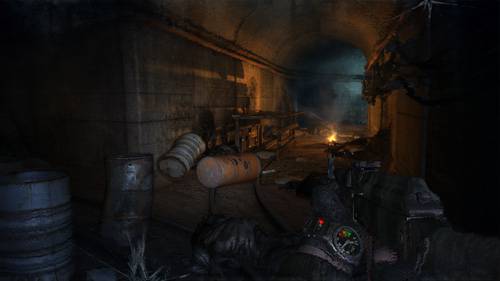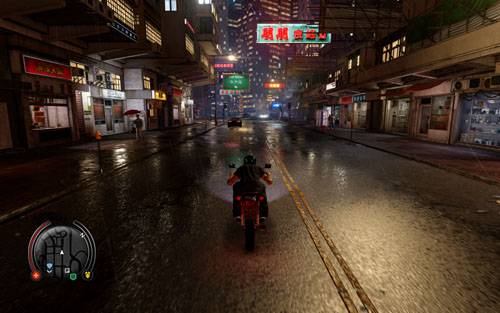- Qualcomm Launches Snapdragon 4 Gen 2 Mobile Platform
- AMD Launches Ryzen PRO 7000 Series Mobile & Desktop Platform
- Intel Launches Sleek Single-Slot Arc Pro A60 Workstation Graphics Card
- NVIDIA Announces Latest Ada Lovelace Additions: GeForce RTX 4060 Ti & RTX 4060
- Maxon Redshift With AMD Radeon GPU Rendering Support Now Available
The Almost Titan: NVIDIA GeForce GTX 780 Review

When Titan released in February, it seemed likely that NVIDIA’s GeForce 700 series would be held off on for some time. Well, with today’s launch of the company’s mini-Titan – ahem, GTX 780, we’ve been proven wrong. Compared to the GTX 680, it offers a lot of +50%’s – but is it worth its $649 price tag?
Page 4 – Game Tests: Metro 2033, Sleeping Dogs
One of the more popular Internet memes for the past couple of years has been, “Can it run Crysis?”, but as soon as Metro 2033 launched, that’s a meme that should have died. Metro 2033 is without question one of the beefiest games on the market, and only just recently have GPUs been released that can allow the game to run in its DX11 mode at modest resolutions.
Manual Run-through: The level we use for testing is part of chapter 4, called “Child”, where we must follow a linear path through multiple corridors until we reach our end point, which takes a total of about 90 seconds. Please note that due to the reason mentioned above, we test this game in DX10 mode, as DX11 simply isn’t that realistic from a performance standpoint.


We’ve been benchmarking with Metro 2033 for nearly three years, and for most games, that’d be ridiculous. But as you can see, the game is still hardcore on today’s best GPUs. It allows the GTX 780 to churn away at a mere 86 FPS at 1080p. That’s a good value, sure, but again, this is a three-year-old game, and this is High detail – not Very High. Soon, we’ll likely replace this game with Metro: Last Light, as it also manages to punish today’s hardware quite well, and will likely do so for a while.
Here, NVIDIA’s GTX 780 keeps clear ahead of everything else, exhibiting a staggering 55% performance increase at 1080p versus the GTX 680. It also shows a 23% increase over AMD’s HD 7970 GHz.
At 5760×1080 (the game would not run at 4098×768 for some reason), the GTX 680 and HD 7970 go head-to-head. Seriously, just look at those results. If I have one thing to say about this, it’s “dat 384-bit”. It’s important to note that while the 1080p result was captured with our usual manual benchmark, the 5760×1080 used the built-in benchmark for the sake of ease (not only would the game refuse to run at 4098×768, it also gave me hassle when trying to change the in-game settings at all while using multi-monitor).
Sleeping Dogs
Many have called Sleeping Dogs the “Asian Grand Theft Auto“, but the game does a lot different that helps it stand out of the crowd. In lieu of supplying the player with a gazilion guns, Sleeping Dogs focuses heavily on hand-to-hand combat. There are also many collectibles that can be found to help upgrade your character and unlock special fighting abilities – and if you happen to enjoy an Asian atmosphere, this is one tree you’ll want to bark up.
Manual Run-through: Our run here takes place during the chapter “Amanda”, on a dark, dank night. Our saved game begins us at the first apartment in the game (in North Point), though that’s not where we begin capturing our framerate. Instead, we walk outside and request our motorcycle from the garage. Once set, we begin recording framerates and drive along a specific path all the way to Aberdeen, which takes about two minutes.



At 1080p, the HD 7970 GHz once again managed to outperform NVIDIA’s latest GPU, but things changed back toward’s NVIDIA’s favor in multi-monitor. Continuing the theme, the GTX 780 storms past the GTX 680, with a 25.5% boost.
Support our efforts! With ad revenue at an all-time low for written websites, we're relying more than ever on reader support to help us continue putting so much effort into this type of content. You can support us by becoming a Patron, or by using our Amazon shopping affiliate links listed through our articles. Thanks for your support!







